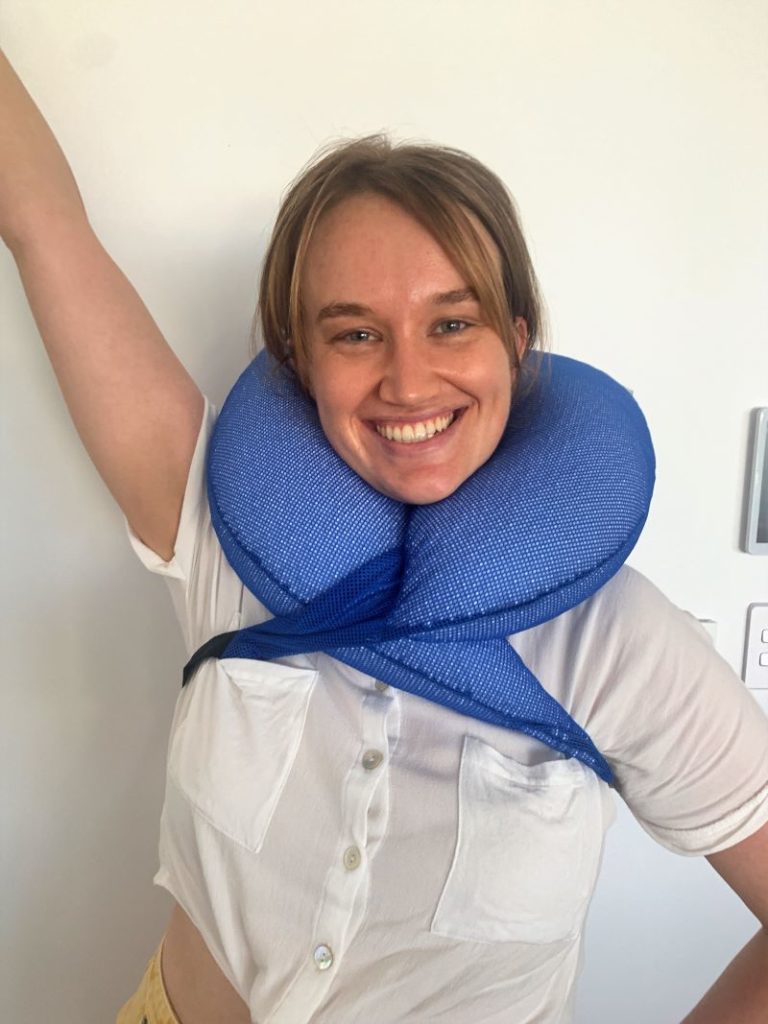What is aquatic hydrotherapy?
Aquatic physiotherapy for stroke is popular, but what exactly is it? In aquatic physiotherapy you will do exercises in the pool under the guidance of your physiotherapist. The properties of water including buoyancy, hydrostatic pressure, viscosity, and thermodynamics have been shown to provide a therapeutic environment to help reduce pain, increase mobility, strength and balance in a range of neurological disorders. More evidence is coming out that suggests that aquatic therapy may be as effective as land-based therapy in improving balance and walking in people who have had a stroke.
Symptoms and impairments after a stroke
The impact and symptoms of a stroke will be different in everyone. It can depend on the type of stroke, what part of the brain is damaged and how much of the brain was damaged. Some people experience mild symptoms, whilst others may experience more severe symptoms. Research shows that approximately 80% of stoke patients suffer motor impairments which usually affects the control of movements on one side of the body – including arm, leg, and face. Balance and walking deficits are also common, which means many people after a stroke can’t walk as far or as fast. Evidence has shown that more than 30% of stroke survivors can’t walk after 6 months.
What does aquatic physiotherapy for stroke rehablitation look like?
Aquatic physiotherapy for stroke management can be an enjoyable way to do exercises. An individually tailored program can be created to match your current level of mobility and function.
Aquatic physiotherapy for stroke may include;
- Walking.
- Sitting balance.
- Standing balance exercises .
- Strengthening exercises.
- The therapist assisting you to move your affected muscles in the pool.
Research has shown that an aquatic program of 4-weeks led to significant improvements in balance, walking and muscle strength in stroke survivors. Although land-based therapy has been shown to be equally as effective, many people prefer aquatic therapy.
Why do some people like Aquatic Physiotherapy better than land based physiotherapy?
- It can be fun
- It can be less painful to do exercises in the water
- It can be less painful to do exercises in the water
- Water supports the body which means less stress on your joints
- The impact gravity is less, allowing more movement in the water than on land
- It can be a safe way to practice balance exercises without the risk of falling over
- You can use the resistance of the water (with or without equipment) instead of weights to do strength exercises
Where do you do Aquatic Physiotherapy?
At SCNR we meet people at various local, heated pools for individual aquatic physiotherapy. Pools that we meet people at include;
- Noosa
- Coolum
- Beerwah
- Nambour
- Caloundra
- Palmwoods
- Burpengary
- Bribie Island
We are open to other pools, and can work with you to find a pool near you if yours is not listed.
Do I need any special equipment to do Aquatic Physiotherapy?
You can do exercises without special equipment, but sometimes we will use equipment to enhance your program. Some of the equipment we use includes;
- Hurdles
- Weights
- Pool Noodles
- Rubber Rings
- Hand Paddles
- Various floats
- Wobble Board
- Aqua Dumbbells
What if I can’t get in and out of the water on my own?
The pools have a variety of access. Some pools have a ramp, some have a wheelchair to use with the ramp, and many of the pools have electric hoists. Our staff can assist you in and out of the pool, and help find the pool that is most suitable to your needs.
Would you like to find out more?
Here at Sunshine Coast Neuro Rehab, our Sunshine Coast Physiotherapists understand you and your condition. We support people with neurological conditions to achieve more function, greater independence and quality of life. If you are interested to learn more about aquatic physiotherapy, or would like to make an appointment, please make a booking by calling (07) 5448 1155 or email admin@scnr.com.au

Evidence for Aquatic Physiotherapy
Najafabadi, G., Shariat, A., Dommerholt, J., Hakakzadeh, A., Nakhostin-Ansari, A., Selk-Ghaffari, M., Ingle, L., & Cleland, J. A. (2021). Aquatic Therapy for improving Lower Limbs Function in Post-stroke Survivors: A Systematic Review with Meta-Analysis. Topics in Stroke Rehabilitation, 1–17. Doi: 10.1080/10749357.2021.1929011
Nascimento, L. R., Flores, L. C., de Menezes, K. P., Teixeira-Salmela, L. F. (2019). Water-based exercises for improving walking speed, balance, and strength after stroke: a systematic review with meta-analyses of randomized trials. Physiotherapy, 107, 100-110. Doi: 10.1016/j.physio.2019.10.002
Zhu, Z., Ciu, L., Yin, M., Yu, Y., Zhou, X., Wang, H., & Yan, H. (2016). Hydrotherapy vs. conventional land-based exercises for improving walking and balance after stroke: a randomized controlled trial. Clinical Rehabilitation, 30(6), 587-593. Doi: 10.1177/0269215515593392
